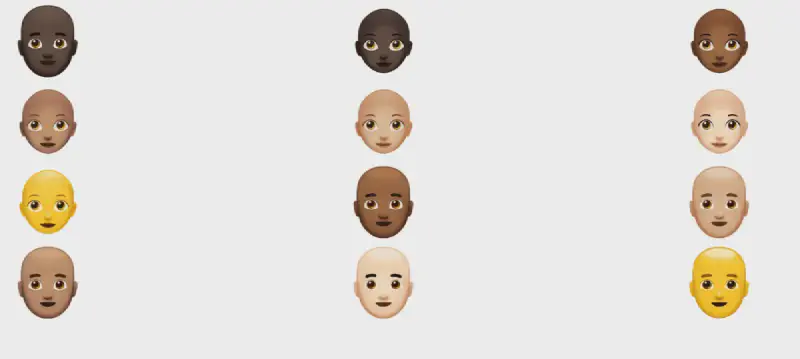
MyHair AI: A New Frontier in Personalized Hair Loss Solutions#
- MyHair AI is an innovative artificial intelligence platform designed to address the pervasive issue of hair loss.
- The core functionality involves the detailed examination of user-submitted photos of the scalp.
- Its primary objective is to accurately diagnose various patterns and types of hair loss based on visual cues.
- Beyond diagnosis, the AI system actively recommends scientifically validated clinics, ensuring users are guided towards credible professional help.
- Crucially, MyHair AI also suggests specific treatments tailored to the individual’s diagnosed condition, enhancing personalization.
- This tool aims to democratize access to preliminary hair loss assessments and treatment guidance, making it more accessible than traditional methods. Hair loss affects millions globally, often leading to significant emotional distress and a desperate search for effective solutions. Historically, diagnosing the root cause required multiple visits to a dermatologist or trichologist, which can be time-consuming, costly, and sometimes result in delayed intervention. The emergence of MyHair AI signifies a pivotal moment in health tech, illustrating how AI-powered diagnostics are increasingly democratizing access to preliminary health assessments. This innovation could substantially streamline the initial stages of hair loss management, making it more accessible and potentially less intimidating for users to seek help, while simultaneously challenging traditional diagnostic pathways for common dermatological conditions. Looking ahead, MyHair AI represents a foundational step towards highly personalized and accessible health interventions. We can anticipate further integration of AI across various medical fields, from specialized dermatology to preventative care, driven by the increasing accuracy of machine learning in visual pattern recognition. Future iterations might include real-time tracking of treatment progress, seamless integration with wearable health technologies, or even predictive modeling for individuals identified at higher genetic risk. The ultimate success and broader adoption will hinge on robust clinical validation, fostering deep user trust, and establishing ethical guidelines for data handling, thereby paving the way for a future where personal health management is significantly augmented by intelligent, data-driven tools.
